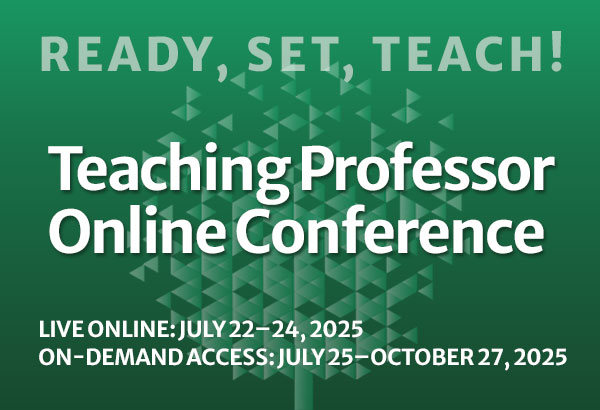Peer Assessment that Improves Performance in Groups
Peer assessment in groups has been shown to effectively address a number of group process issues, but only if the peer assessment has a formative component. Many studies have shown that if peer assessment is used at the end of a group project, group members will punish their dysfunctional members—those who didn’t do work, didn’t turn work in on time, didn’t come to meetings, and didn’t do quality work—but they won’t confront those group members when they commit those dysfunctional behaviors. After-the-fact peer assessment gives the teacher input on who did and didn’t contribute in the group, but it doesn’t change what happened in that group or help students learn how to confront group member problems when they emerge.



